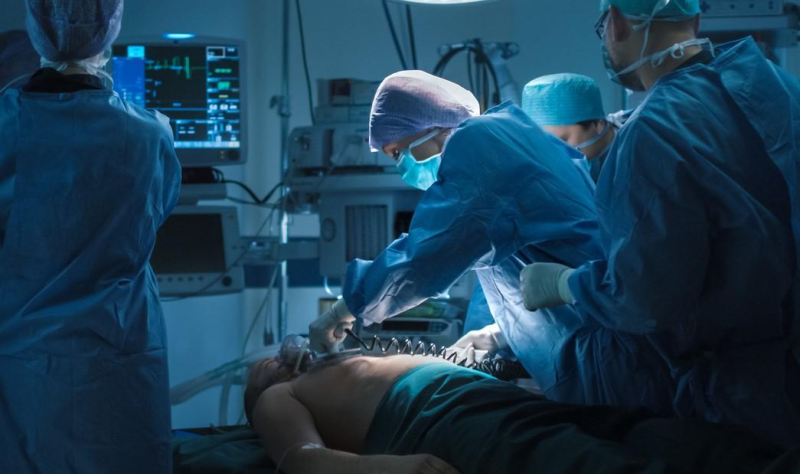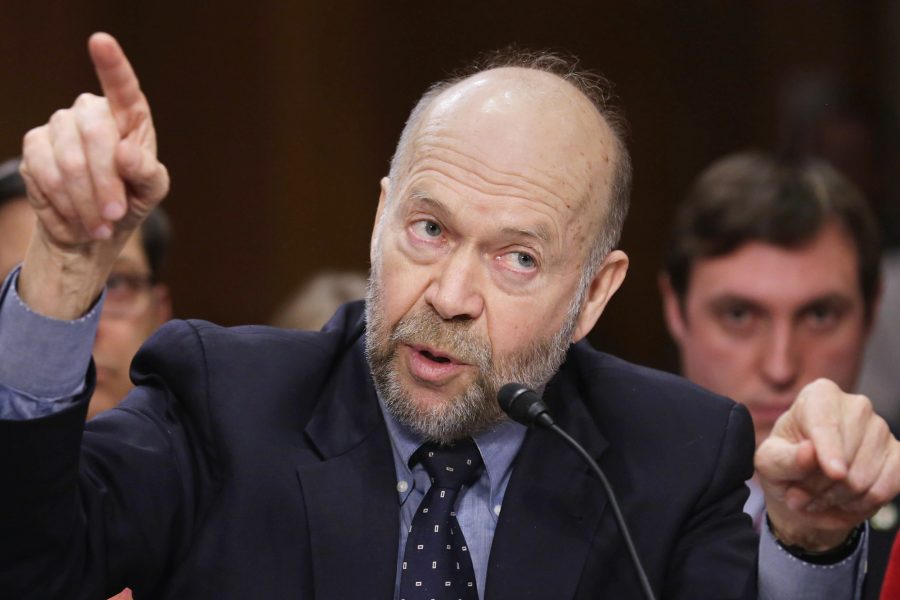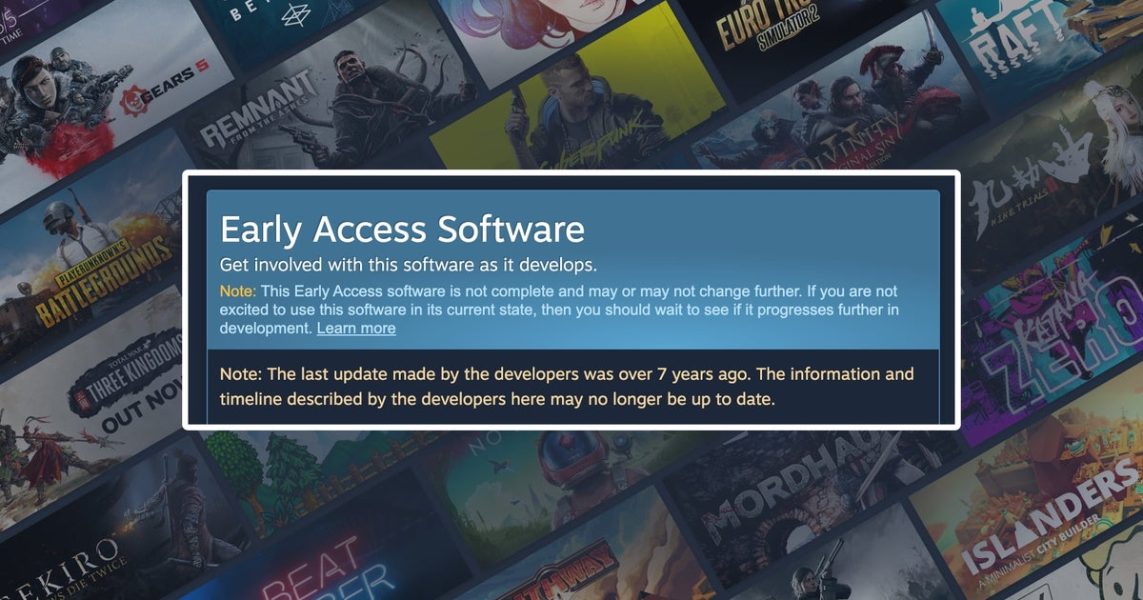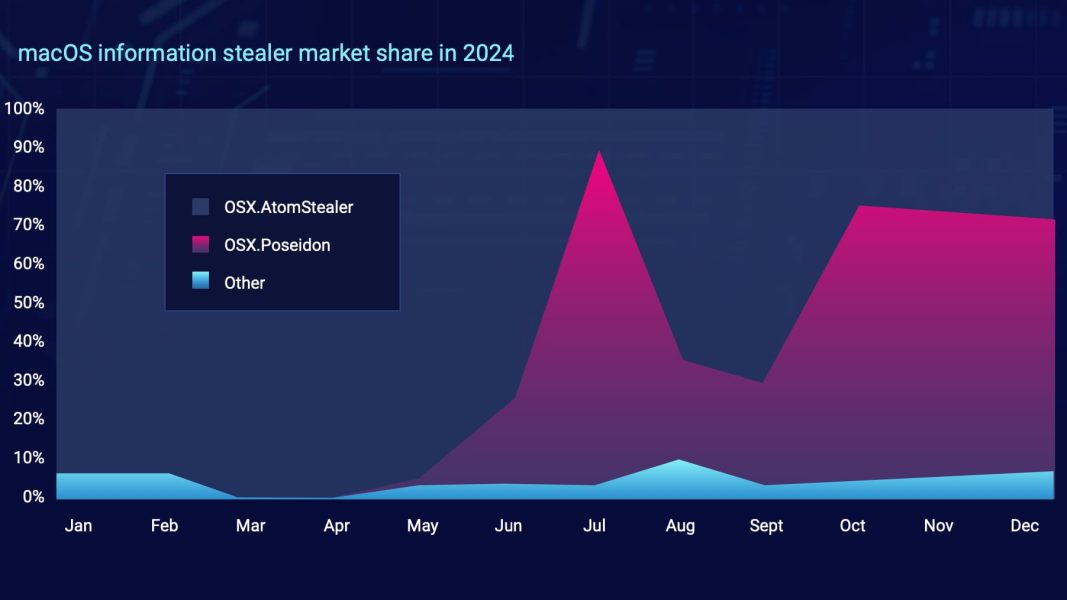Report: Severe COVID can catalyze arterial plaque growth, sparking deadly heart problems – University of Minnesota Twin Cities

gorodenkoff / iStockSevere COVID-19 infection can trigger extensive inflammation, resulting in the rapid growth of plaque in the coronary arteries and a higher risk of heart attack, stroke, and other life-threatening cardiovascular events for as long as 1 year, reports a Fudan University–led research team in China.The retrospective analysis of a prospective study, published yesterday in Radiology, included 803 patients who underwent serial coronary computed tomography angiography (CCTA) between September 2018 and October 2023. The researchers assessed 2,108 coronary artery lesions in 690 COVID-19 patients and 480 lesions in 113 matched uninfected patients.The median time between the first and second CCTA was 3 years, while a median of 7 months elapsed between COVID-19 infection and the second CCTA, and median follow-up was 9 months after the second CCTA. The average patient age was 63.9 years, and 67.6% were men. Similar proportions of infected and uninfected participants were vaccinated against COVID-19 (about 89%) and received boosters (about 56%).At baseline, the average stenosis, or narrowing of an artery, per lesion was 31.3%, and only 8.1% of lesions had a stenosis diameter of 50% or greater. COVID-19 infection was tied to a larger increase in percentage of stenosis diameter (1.0% vs 0.4% per year in uninfected patients), leading to a higher average percentage of stenosis diameter (34.2% vs 32.5%) and proportion of lesions with a stenosis diameter of 50% or more (12.6% vs 8.5%) at follow-up.COVID-infected patients showed accelerated progression rates of total coronary atherosclerotic volume (0.90% vs 0.62%), with diverse effects on different kinds of plaques, including a reduction in calcified plaque constituents (0.12% vs 0.20% per year) and greater advancement of noncalcified segments of atherosclerotic lesions (0.78% vs 0.42%).Target lesion failures (composite of cardiac death, target-lesion heart attack, and target-lesion revascularizations) occurred in 150 lesions (6 cardiac deaths, 40 target-lesion heart attacks, and 104 target-lesion revascularizations) in infected patients and in 13 lesions (0 cardiac deaths, 2 target-lesion heart attacks, and 11 target-lesion revascularizations) in their uninfected counterparts. Relative to plaque volumes in uninfected patients, volumes grew faster in COVID-19 patients, whose lesions developed into high-risk plaques at a greater rate (20.1% vs 15.8%). Infected patients also were more likely to have coronary inflammation (27% vs 19.9%) and a higher risk of target lesion failure (10.4% vs 3.1%), an indicator of increased risk of heart attack or stroke. Previous infection was associated with worse cardiovascular outcomes (adjusted hazard ratio, 2.9).”COVID-19, caused by SARS-CoV-2, is initially characterized by acute lung injury and respiratory failure,” senior author Junbo Ge, MD, of Fudan University, said in a press release from the Radiological Society of North American, which publishes the journal. “However, emerging evidence indicates COVID-19 also involves an extreme inflammatory response that can affect the cardiovascular system.””Inflammation following COVID-19 can lead to ongoing plaque growth, particularly in high-risk, noncalcified plaques,” he added. “Patients with SARS-CoV-2 infection are at increased risk for myocardial infarction, acute coronary syndrome and stroke for up to a year.”It’s crucial to anticipate a heavier cardiovascular patient burden in the future, as most infected individuals recover from acute SARS-CoV-2 infection.Junbo Ge, MDThe authors said that while mechanisms underlying the link between COVID-19 and greater susceptibility to heart attack and stroke post-infection aren’t completely understood, some experts speculate that SARS-CoV-2 promotes atherosclerosis through direct infection of vascular cells, systemic inflammation, and outsized inflammatory responses. While pulmonary manifestations are the most common consequence, COVID-19 infection causes systemic inflammation with cardiac problems such as damage to the heart muscle, cardiac insufficiency, abnormal heart rhythms, and irregular blood-clotting, they said.These effects persist post-infection, regardless of age and underlying conditions such as high blood pressure and diabetes, said Ge, who called for further research into the underlying mechanisms to enable development of preventive and therapeutic strategies. “It’s crucial to anticipate a heavier cardiovascular patient burden in the future, as most infected individuals recover from acute SARS-CoV-2 infection,” he said.Alongside more detections in poultry and dairy cows, the USDA confirmed more avian flu in mammals, including cats and dolphins.Several CDC pages have been taken down amid a move by the Trump administration to remove all language related to gender identity and LGBTQ issues.Detection of the D1.1. genotype, linked to 2 severe infections in people, came from the national milk testing program.Sixteen more flu deaths were reported in children, with virus activity at high or very high flu levels across much of the nation.San Diego health officials warn of possible TB exposure at a high school during the 2023-24 academic year.Some of the latest outbreaks are in Ohio, which has lost nearly 6 million poultry over the past month.Also, the virus is confirmed in more US poultry flocks, and European officials share virus details from the UK’s recent case.By 180 days, the COVID-19 death rate reached 3.1% in the 2022-23 season and 2.9% in the 2023-24 season.The index patient’s wife is the second confirmed case, and 3 close contacts are isolated for treatment and testing.Robert F. Kennedy, Jr, was asked repeatedly about past anti-vaccine statements in the first of 2 hearings on whether he should be confirmed as HHS Secretary.Help make CIDRAP’s vital work possibleCIDRAP – Center for Infectious Disease Research & PolicyResearch and Innovation Office, University of Minnesota, Minneapolis, MNEmail us© 2025 Regents of the University of Minnesota. All rights Reserved.The University of Minnesota is an equal opportunity educator and employerResearch and Innovation Office | Contact U of M | Privacy PolicyNewsletter subscribe





